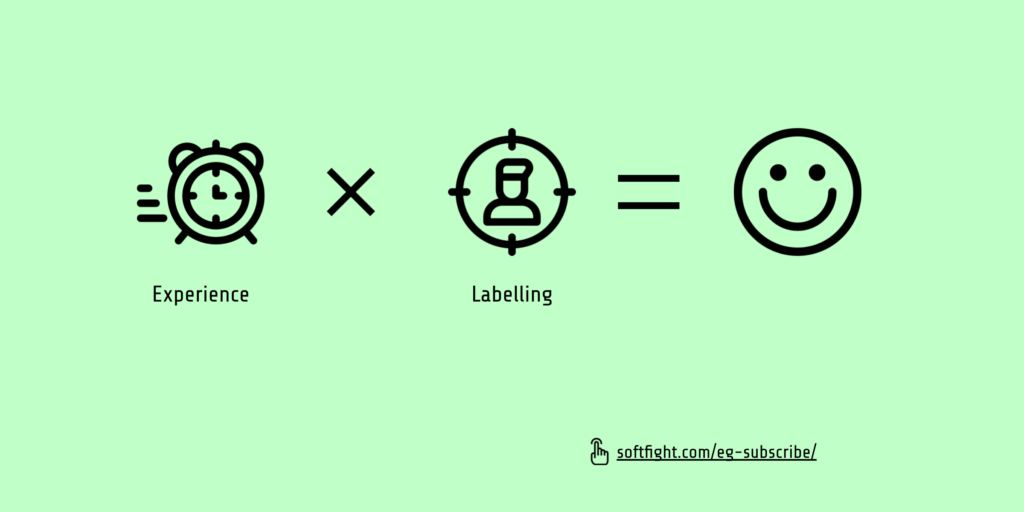People. You are selling to people.
You are not selling to companies. Companies are a fictional construct, a convention, legal entities based on trust, with no philosophical or moral underpinning.
Companies are made of people.
People are the ones making the buying decisions that you are trying to influence to your benefit when selling software services.
3 types of people and 3 types only
In this context, you can use 3 labels:
- buyers
- users
- payers
These are the 3 types of people that you have to deal with.
The faster you can label everyone you interact with on the customers side and treat them accordingly, the better for you.

Buyers
These are the people involved in the evaluation, approval and buying process. Sometimes they are professional buyers, typically working in purchasing or finance departments in larger companies.
Executives or line managers can also be responsible for certain budgets, so they have authority to make buying decisions.
Buyers are not necessarily going to use what you are selling and they are not necessarily paying for them.
Buyers might or might not have the knowledge to understand the technical aspects of what you are selling.
They might or might not have a good grasp of the finer points of their companies business priorities.
They might or might not be inflexible with their demands and conditions.
They might be zero-sum negotiators or collaborative types.
Any of the above can be good or bad for you, depending on the context, what you are selling, your pricing power and negotiation skills.
Users
A Product Manager, Project Manager or CTO in a company working with a software development contractor is a user of those services.
They might not be formally involved in the evaluation process, but a lot of times they do have informal influence, especially on technical aspects.
In many situations they act as gatekeepers. If you cannot convince them, you will not get a chance to talk to a buyer.
Payers
To identify the payers you need to answer this question: who is paying this amount out of their own pocket?
In the case of many startups, these are the investors.
For bootstrapped or profitable small companies, with no outside investors, the entrepreneur is the payer.
In the case of larger companies, theoretically, it’s the shareholders. Practically, because there are so many of them and so removed from daily operations, nobody is paying from their own pocket. This has many implications on the ways you sell to them. Most of these implications are to your benefit.
Permutations and Combinations
Anything and everything is possible.
I’ve sold to entrepreneurs who were buyers, users and payers at the same time.
I’ve negotiated with large companies where in the space of a few months I’ve met with 4 buyers, 7 users and no payer. All on the same project.
You might have to deal with people who present themselves as buyers, but have no real authority to make decisions.
You will have situations where the payers influence the buying decision without you ever talking to, seeing them or even knowing they are involved in the process. This typically happens with VCs and startups.
And you will surely meet people who label themselves as users in the process, but have such a big moral authority and influence in their organisations that you should treat them as buyers.
WHAT THIS MEANS FOR YOU
The better you know who you are dealing with, what they value, what problems they are looking to solve and what is important to them, the higher your chances of closing the sale will be.

